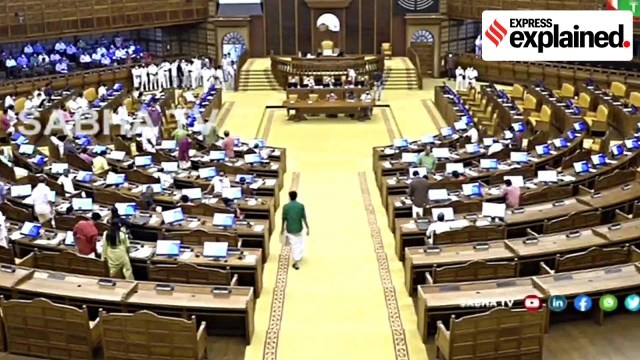Description
Context: A report by a government-appointed committee has proposed a definition for “Assamese people”. While this is limited to the purpose of implementing a provision of the 1985 Assam Accord — Clause 6 — it spotlights the complexities at play in Assam.
Background:
- The Assam Accord was signed at the end of a six-year agitation (1979-85) against illegal migration from Bangladesh.
- In the context of the Accord, the question of who is Assamese stems from the language of Clause 6: “Constitutional, legislative and administrative safeguards, as may be appropriate, shall be provided to protect, preserve and promote the cultural, social, linguistic identity and heritage of the Assamese people.
- The definition of “Assamese” cannot be so narrow as to mean only those who speak Assamese as their first language.
- Assam has many indigenous tribal and ethnic communities with their own ancestral languages.
- For Clause 6, it was necessary to expand the definition of “Assamese” beyond the Assamese-speaking population.
- Those not eligible for the safeguards under Clause 6 would clearly be from among the migrant populations.
Who is a migrant?
- In popular conversation, the idea of “indigenous” is taken to mean communities who trace their histories in Assam before 1826, the year when the erstwhile kingdom of Assam was annexed to British India.
- Large-scale migration from East Bengal took place during British rule, followed by further waves after Independence.
- The 1979-85 Assam Movement was triggered by fears that these Bengali Muslim and Bengali Hindu migrants would one day overrun the indigenous population, and dominate the resources and politics of the state.
- During the agitation, the demand was for the detection and deportation of those who had migrated after 1951.
Assam Accord:
- The Assam Accord was settled at a cut-off of March 24, 1971; anyone who arrived in Assam before that cut-off would be considered a citizen of India.
- This date was also the basis of the National Register of Citizens (NRC), published last year.
- Because the Accord legalised additional migrants (1951-71) against the original demand of 1951, Clause 6 was incorporated as a safeguard for the indigenous people.
Current Events:
- The Home Ministry set up a new committee, which submitted its report in February, but the government sat on it for months.
- This led to four of the committee’s 14 members making its contents public on Tuesday.
Recommendations of the committee:
- For the purpose of implementation of Clause 6, the proposed definition includes indigenous tribes, other indigenous communities, all other citizens of India residing in Assam on or before January 1, 1951 and indigenous Assamese — and their descendants.
- In short, it covers anyone who can prove their presence (or that of their ancestors) in Assam before 1951.
- As for safeguards, the committee has recommended reservations in legislature and jobs for “Assamese people”, and that “land rights be confined” to them.
Implications of the definition:
- Migrants who entered Assam after 1951 but before March 24, 1971 are not Assamese but are Indian citizens.
- They would not be eligible, for example, to contest an election in 80-100% of Assam’s seats (if that recommendation is accepted). But they can vote.
- Not just indigenous groups, but East Bengal migrants who entered Assam before 1951, too, would be considered Assamese.
Issues:
- Some find it too inclusive. The committee had received some public suggestions that had proposed a base year of 1826 for anyone being considered Assamese.
- There should not be a base year for identifying the indigenous people of Assam. The organisation had sought that only communities living in Assam during Ahom rule (pre-1826) be included in the definition, based on their cultural identities.
- The All Assam Minority Students’ Union, which is identified with Bengali Muslims, had been demanding that the 1971 cutoff be used for deciding Clause 6 eligibility too.
- Lakhs of people in Assam’s Barak Valley stand to lose their rights if the report is implemented. A large number of Bengali Hindus and some Bengali Muslims had migrated from Sylhet to Barak Valley in the 1950s and 1960s.
Reference:
https://indianexpress.com/article/explained/who-is-assamese-a-proposed-definition-and-several-questions-6552329/








